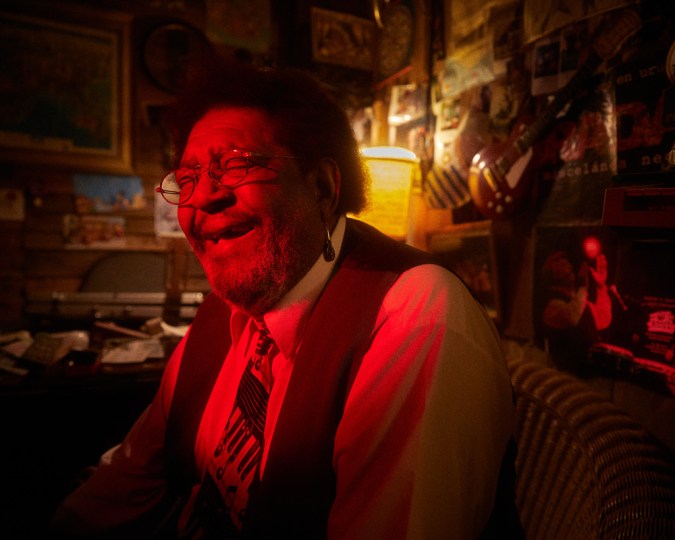Over nearly six decades and 30 studio albums, Uruguayan music legend Ruben Rada has used his tamboriles, or Uruguayan barrel drums, to captivate audiences around the world. He has performed on bills featuring musicians like Sting and played alongside jazz legends like Herbie Hancock.
Rada has a deep reverence for music and his eyes light up when he talks about the beginning of his career. He remembers 1969 like it was yesterday. His emotive eyes widened with clarity when he talked about the year and recording a song that he said made him famous.
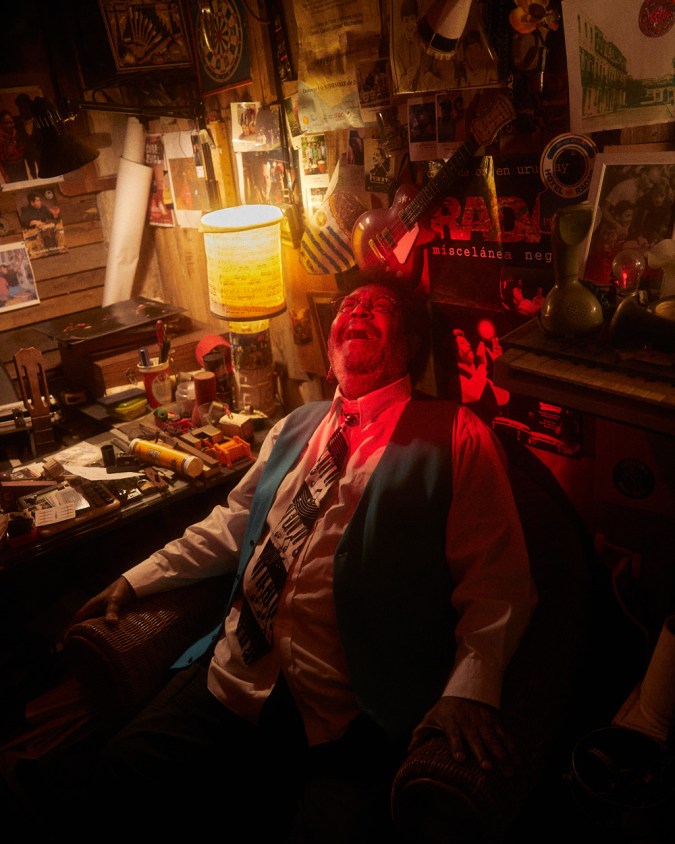
Rada is the creator of Candombe, a percussion-driven Latin form of music that emerged from Uruguay. He has gained inspiration from artists around the world and considers himself a sponge when it comes to absorbing new sounds from different types of music. “I listen to world music because it rubs off on me,” Rada said. “If I listen to Michael Jackson, I compose like Michael Jackson. If I listen to Keith Richards or Stevie Wonder, I compose like them.”
Rada’s first album, Rada, is memorable to him because it reflected one of his first experiences recording in a studio and it allowed him to capture a tumultuous moment in time. On Rada, he recorded songs like “Biafra,” a song that he used to provide social commentary on the Nigerian Civil War that lasted from 1967 to 1970. Nearly 100,000 soldiers died, while millions of people were displaced and more than 500,000 people became refugees. Rada saw the importance of using his voice to bring attention to a global conflict affecting other Black people.

“On the first album, I talk about [the Black experience] and it just so happened that something was happening in [Nigeria],” he said. “I composed a song called ‘Biafra’ and it talked about how people were dying in Biafra. For some Blacks who die, [some people think,] who cares?” Rada continued, highlighting on the album how the value of Black lives had been minimized due to racism.
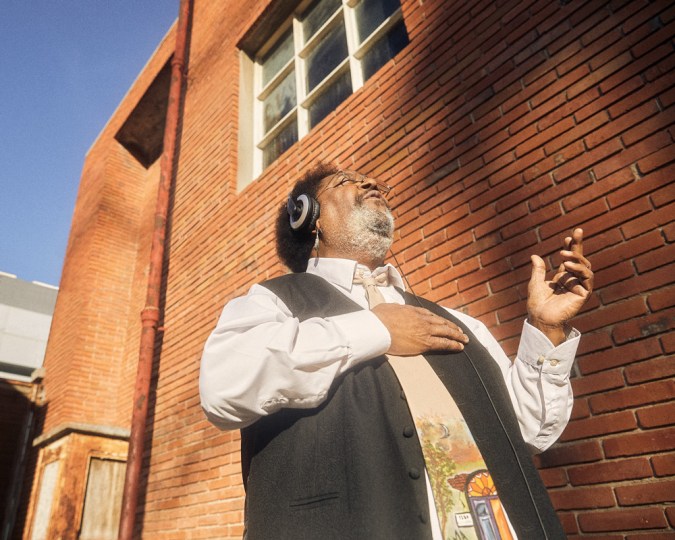
A music historian, he noticed that rock and roll was created by Chuck Berry but was not celebrated until it was performed by white musicians like Elvis Presley. The influence of Black American musicians like soul legend James Brown and activist Malcolm X were profound for Rada, a Black native of Uruguay who is familiar with how race affects how people perceive his work. Candombe was not initially respected because of its Black roots. He believes taking a stand starts with the mind. “Study architecture,” he said. “Study law. Study medicine. Study all the things that put you at an advantage and nobody can move you. In the United States, that’s what Malcolm X said.”
Rada believes that Candombe is underrated around the world as an artform because of Uruguay’s small size and its African roots.“For example, merengue is known,” he said. “Samba is known. Reggae is known. Tango is known. Rock and Roll is known, and Blues is known. It’s all Black music. I feel that all the rhythms are known except Candombe, because we live in a country of 3,200,000 inhabitants, very small, and we are in between Brazil and Argentina. And they absorb everything.”
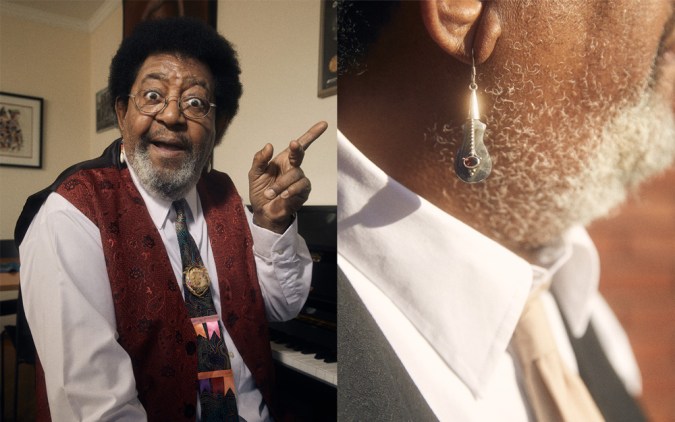
In 2021, Rada’s tour in Japan to celebrate the 100th anniversary of relations between Uruguay and Japan exemplified how he sees candombe as a force that unites cultures by moving people to dance. The Black music star from Uruguay had the opportunity to make people on the other side of the world that did not speak Spanish dance. Even in a pandemic, he was elated. With ten musicians staying in ten different rooms, he and his bandmates played in venues designed for 3,000 people that were limited to only 1,200 wearing masks.
“What I always explain to people is that dancing is not professional, dancing is what you feel,” he said. “Yes, I know: It’s good when you go to a place to dance and you find yourself, for example, with professionals who go around a place. And you. You move as you can, but you feel the music. And that happened [in Japan].”
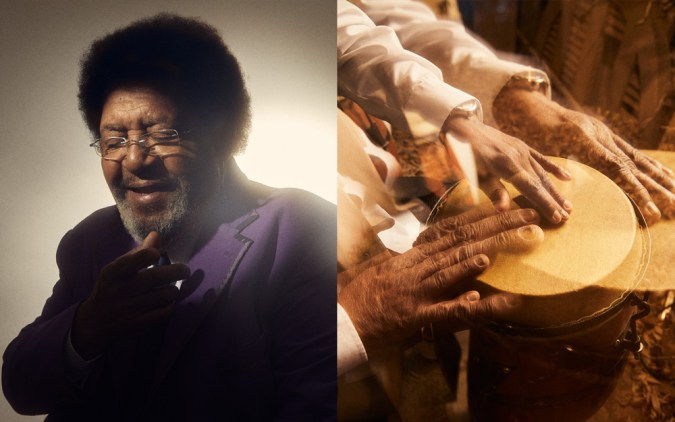
According to Rada, Japanese music fans first gravitated to tango music following World War II. The country needed a way to find joy in a form of music that did not have an American influence. As an expert on Latin music, Rada quickly noticed the way Japanese fans were captivated by tango and by extension, candombe.“The Japanese stood up and jumped,” Rada remembered. “And here in my country people were happy because I sent them [videos]. My wife sent the videos here and people couldn’t believe how Rada had managed to get the Japanese to dance candombe. That was my success in Japan. It was my first time in Japan and I don’t think I will go back to Japan because I am 79 years old. The trip is very long.”
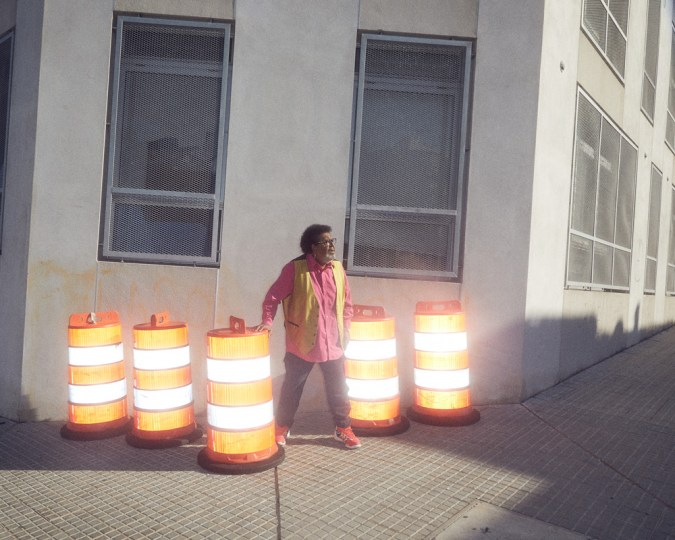
Playing with bands like Los Shakers as a youth laid a foundation in live instrumentation that Rada still embraces today. In the blink of an eye, Rada can emulate the taka-ta-taka-ta rhythm of his percussion and he believes that the sound resonated over his career with fans as well as jazz legends like Herbie Hancock. The time Rada spent in America was as insightful for his American peers as it was for him. “There was Carmen McRae, Herbie Hancock, and Alfonso Johnson, a tough bass player, and Stanley Clarke. We all got together at Airto Moreira’s house,” he said of a jam session for the ages with some of the best jazz musicians of all time. “Then the night would end and everyone would start to fall asleep, but I was always as happy then as I am now and always singing.”
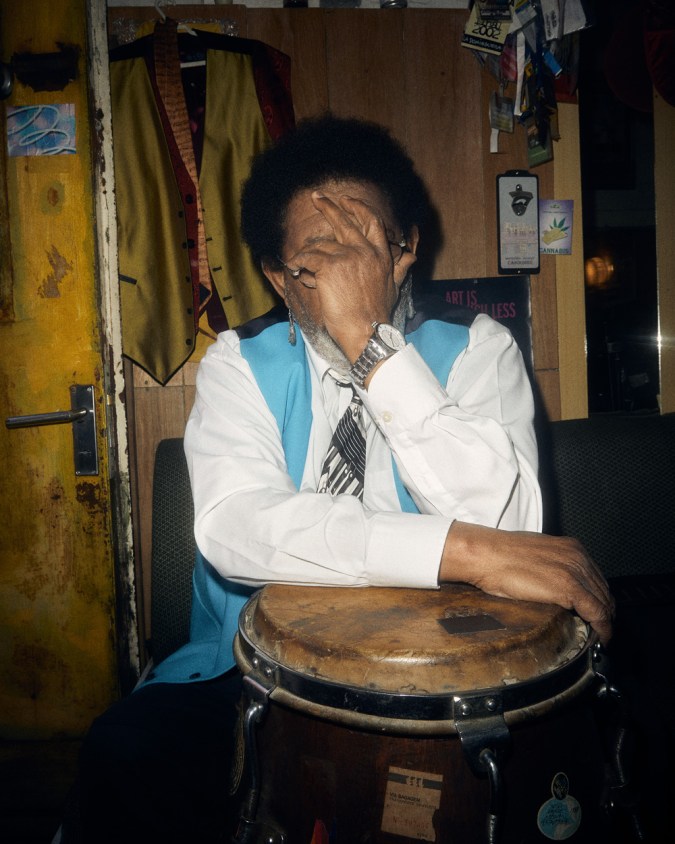
As his profile grew, Rada became aware of the lights and perks that came with fame. He remained steadfast about creating music that resonated with him and others like him. Along the way, he received advice from a woman that would remain with him for the duration of his career. Creating music solely for commercial purposes was not part of his plans.
“A very poor, but very wise woman, she always told me that the short path is easy,” he said about the perils of taking shortcuts. “For example, if I had wanted to earn a lot of money, I would have worried about making very commercial songs. What if I had made a lot of money? But she told me that the long way is safer and better. And that has to do with life, too.”
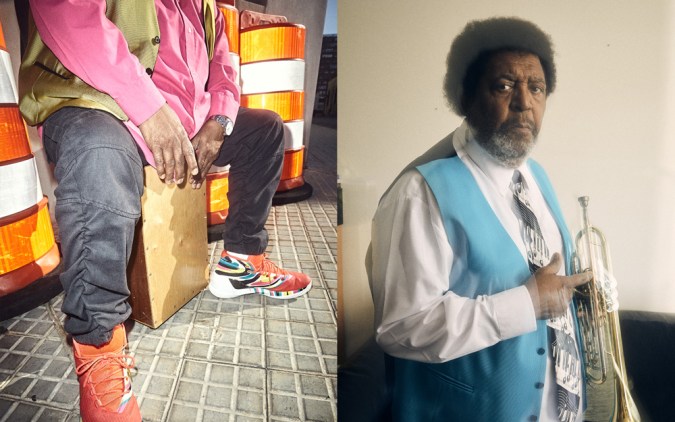
In 2022, Rada has sustained global acclaim as an innovator in Latin music and is an elder statesman for his homeland. He never imagined that his music would be heard by Black American musicians like Quincy Jones but is thankful that it was.
Rada continues to tap his barrel drums with a youthful vigor and hopes that his music will inspire others to follow their dreams and create their own paths. As a Black person coming from a nation as small as Uruguay, he found success a long time and finds joy in creating more music.
“The only thing left to me is to play music and leave music for the world.”
